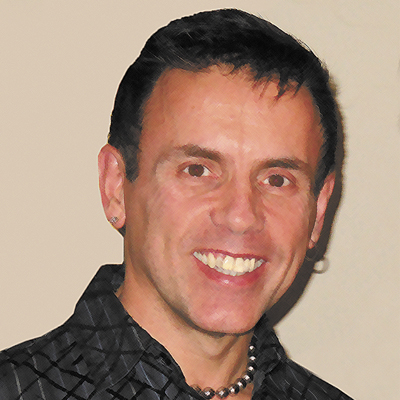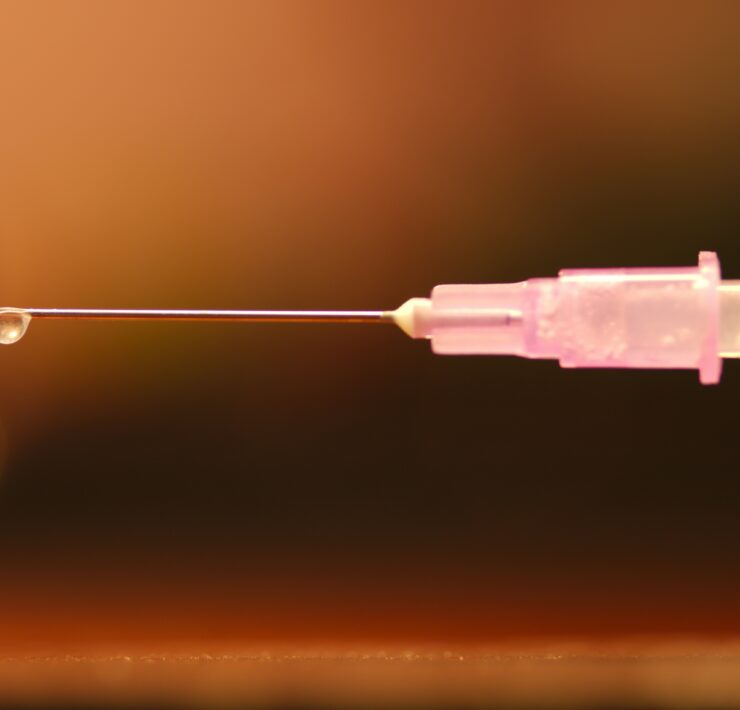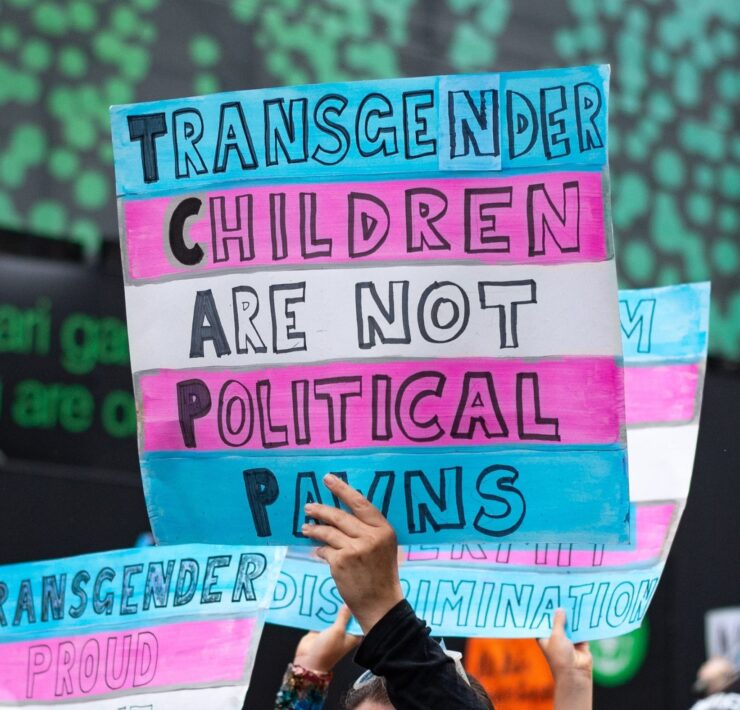World AIDS Day: Never forget

I have AIDS. Please hug me. I can’t make you sick.
The crayon drawing of a young red-headed boy stretching his arms out, begging for affection will remain in my head probably for as long as I live. I lived in San Francisco in the late ’80s, when the poster was plastered on every public bus, billboard and park bench in sight. It put a giant lump in my throat and sent endless tears down my cheeks.
And I wasn’t alone.
That iconic poster was one of the first public messages I saw on HIV/AIDS that didn’t show horrible pictures of emaciated gay men covered in Kaposi’s Sarcoma lesions. And it was certainly one of the first that elicited a sense of compassion for those living with the disease.
That it had to be an image of an “innocent victim of AIDS” to get people to feel something resembling the best of human emotions is something I’ve struggled with a lot over the past 30 years. Ryan White, the young boy from middle America was the first – and much needed – wake up call to the other 90 percent of the American population that “it” could happen to anyone. The little guy who fought bravely to stay in his school brought tears to our eyes instead of jeers on our lips. And his name is now synonymous with HIV/AIDS care in this country.
Nevermind the thousands of strong and courageous gay men who lost their jobs, homes, families … and ultimately their lives in their hard fought battles against HIV/AIDS. That’s my struggle. But I’ll let it go, because ultimately what matters is that – by whatever means – HIV and AIDS was finally being talked about in a somewhat positive manner. The conversation had begun, and the ball began rolling on HIV/AIDS awareness. And that led to programs being developed and services being delivered to so many people living with HIV.
There was a long period of time when every gay movie – and many mainstream non-gay movies – dealt with HIV and gay men in very emotional messages. An Early Frost, Our Sons, Longtime Companion and It’s My Party are a few examples. Though some had varying degrees of empowering messages in them, they were for the most part filled with sadness, gloom and despair. And every single one of them ended in death for the gay man.
These were sad – but very real – experiences and vignettes of how many gay men lived and died with HIV in that particular day and time.
But that was before the miraculous drugs came out in 1996. And before we stopped dying off in scary and ridiculous numbers. That was before HIV was not a big deal anymore.
Except … it still is.
The meds are working great for many gay men, but not all. They help most men who adhere to their regimens live happier, healthier and more active lives. Their side effects are much less than they used to be, and are – for the most part – manageable. We’re now seeing that those same medicines developed to help positive men manage the disease prove effective in preventing HIV infection in men who are negative.
Yes, we are in a whole different era of HIV/AIDS. But it’s not over, and we still need to be aware of it. Gay men are still being infected in staggering numbers: more than 170 each year in Denver alone.
Though it’s not the death sentence (for everyone) that it used to be, and it’s more manageable for most, it’s no walk in the park. It’s preventable, and if you are negative, you should strive to stay so. And our community needs to be educated on the truths and myths about HIV and risk reduction now as much as we ever did.
World AIDS Day is celebrated on Dec. 1 each year around the world. It has become one of the most recognized international health days and a key opportunity to raise awareness, commemorate those who have passed on and celebrate victories such as increased access to treatment and prevention services.
What's Your Reaction?
Sean Wolfe is a published author and the Touch Team Coordinator at The Denver Element. Contact Sean by email at sean@thedenverelement.com.










